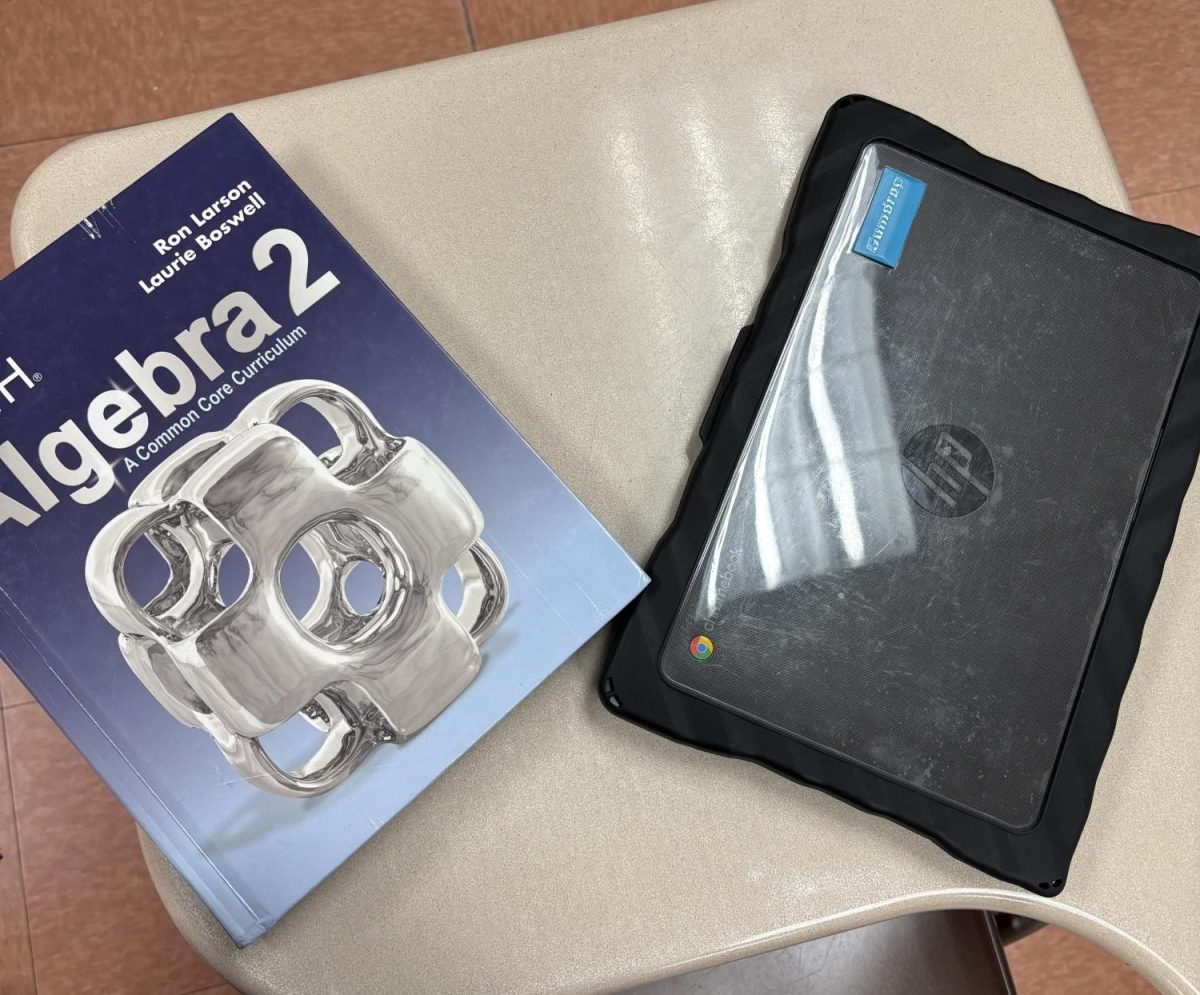It has been over two months since we entered the year 2025 marking the 25th year since the turn of the century in 2000.
Within this time period, society was thrown into a whole new era of technology, in which we received innovations like the first iPhone in 2007, Google Classroom in 2014, and artificial intelligence (AI) tools like ChatGPT as recently as 2022, which conveys the message that the evolution of technology is not stopping anytime soon. But what it also does, is make one wonder how much these innovations have affected students in school.
Before 2014, students did not have Google Classroom for school, warranting schoolwork and homework to be paper handouts, which could be difficult to organize.
“I really actually like Google Classroom quite a bit…I’ve gone pretty much paperless in my classes,” said health teacher Denise Garcia.
Teachers have many students that they need to keep track of, which is made much easier with Google Classroom.
“I have over 240 students and it helps everybody stay organized and it’s also a great way to be able to evaluate what I did for the whole year,” said Garcia.
AI has also proved to be a helpful tool for teachers in their lessons alongside Google Classroom.
“It’s not like you have to roll a whole VHS television and machine in and order the videos and buy the videos, it’s a lot cheaper, it’s a lot of information right at your fingertips…I’m able to use ChatGPT to make up questions to go with different movies,” said Garcia
Before students had AI available at their fingertips, getting an answer was not as easy as typing in the question to the Google search bar and reading the AI overview.
“Google was around but it wasn’t working the same way it does now because now it has the AI feature on top where it gives you the direct answer to the question you typed in. We were at the stage when I was in middle school and high school where you actually had to click on different links to find the answer,” said history teacher Crystal Curcio.
After schools were shut down in March of 2020, Commack students were given school issued Chromebooks, facilitating the decrease of paper work and helping to provide access to the internet in school.
“Back when I was younger… I honestly didn’t have much to go by based on research. It was kind of whatever they gave me, and if that wasn’t enough I would go to my local library… If I’m in school I have to use the school’s Chromebook,” said junior Anthony U.
After receiving these Chromebooks, students started to realize that they were being given less and less paper handouts. They had started to make the digital jump.
“At first, only paper. Online did not exist. Google Classroom wasn’t a thing, all we did was worksheets, papers, physical writing. Now I feel like I do everything over google classroom. I get occasional worksheets here and there,” said Anthony.
The modern technology available today is very helpful for students if they are having a hard time with work. Tools like AI can answer questions with detailed explanations.
“With the digital change it’s a lot easier because now I could be like ‘How do I do this?’ And [AI] gives me the idea of what to do. I don’t necessarily have to look up the answer. And if I do I can understand if I’m right or not and it typically tells me why,” said Anthony.
The way students learn isn’t the only thing that has changed; however, the way they interact with one another has changed as well due to new technology.
“I would say that social interaction is just a little bit different because with screens it’s easier to say something to someone when you don’t have to say it to their face…and I think that social interaction is still very necessary,” said Curcio.
These modern social interactions that school’s see today still have potential to change as time goes on.
“I think that [social interactions] are going to change the more that technology changes because if it keeps advancing at the rate it is then there’s going to be different ways to interact with people,” said Curcio
Elements of learning and socializing in schools have changed drastically in the past 25 years since the turn of the century. With all that we have now, it is hard to imagine what could change in another 25 years in 2050. The world will just have to wait and see.◼️









